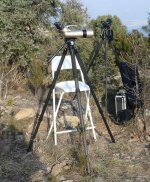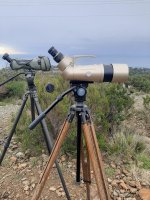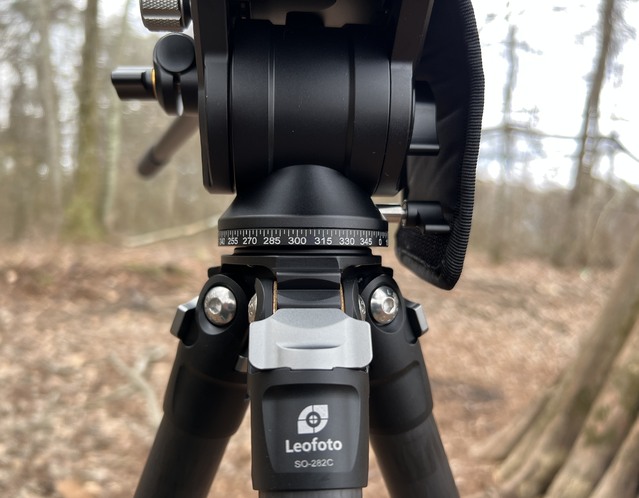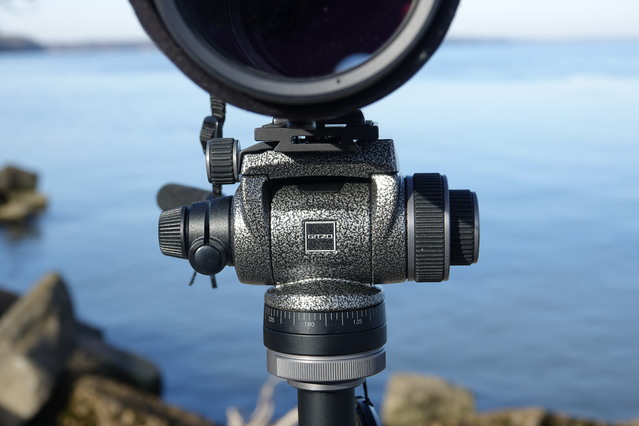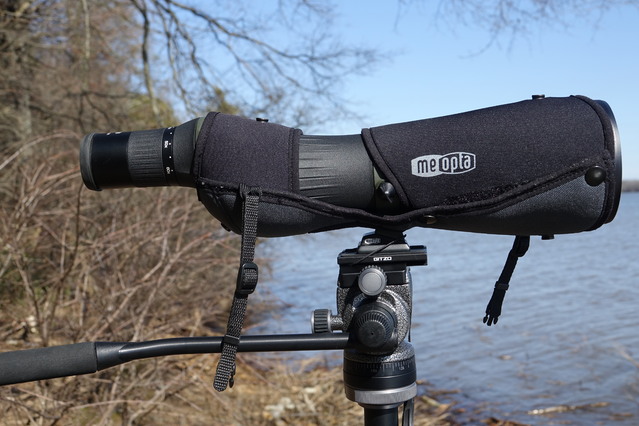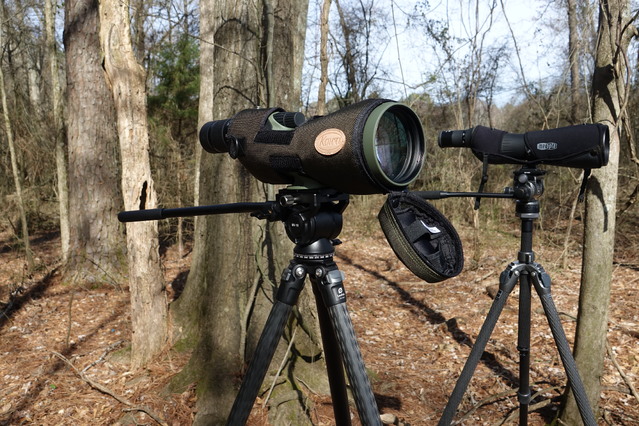Saxatilis
Well-known member
Hi all,
I have, among others, a solid Berlebach Report 3022 tripod with a Sirui VH-10 head on which I mount my Oberwerk BT-70 angled binoculars (4,3kgs) a combo that satisfies me.
The Berlebach wooden tripod has a rather long, standard 50cm column, which I do not use, because with that binoculars and for my kind of observations I do not need to raise the column and therefore I always keep it retracted.
The image itself is stable thanks to the binoculars' weight but I was thinking of a possible solution as if I could have a model without a column. That’s why I was wondering if changing the provided 50cm column to a shorter 10cm one would have any advantage regarding a gain in additional rigidity.
Thank you for any appreciated suggestion you can give me and happy New Year
I have, among others, a solid Berlebach Report 3022 tripod with a Sirui VH-10 head on which I mount my Oberwerk BT-70 angled binoculars (4,3kgs) a combo that satisfies me.
The Berlebach wooden tripod has a rather long, standard 50cm column, which I do not use, because with that binoculars and for my kind of observations I do not need to raise the column and therefore I always keep it retracted.
The image itself is stable thanks to the binoculars' weight but I was thinking of a possible solution as if I could have a model without a column. That’s why I was wondering if changing the provided 50cm column to a shorter 10cm one would have any advantage regarding a gain in additional rigidity.
Thank you for any appreciated suggestion you can give me and happy New Year
Last edited:







